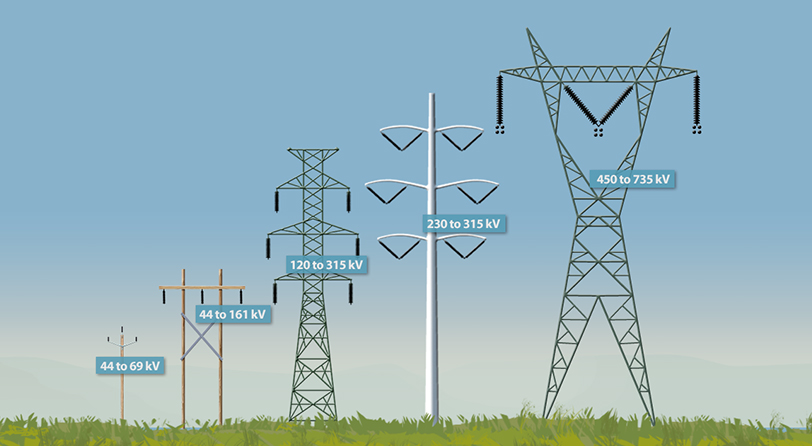Electricity distribution, also known as electric power transmission, is the process of moving electricity from power plants to substations scattered throughout densely populated areas.The continent’s entire supply of electricity is provided by these three main power systems. Those who are interested in a job maintaining these power lines would probably begin their employment within one network, close to an area with a lot of densely populated cities.
The transmission and distribution lines belonged to the same business throughout a large portion of the history of high voltage line installation. However, there are now distinct power transmission firms and distribution companies thanks to an increase in the independence that is permitted in the electrical market. Typically, transmission firms rather than distribution companies are in charge of building any high voltage power lines, but in the past, the two would work closely together.
You will see that there are several varieties of alternating current, or AC, which are conceivable when examining the variations in high voltage line structure and various transmission lines that are utilised. The majority of the time, they employ three-phase alternating current, while one-phase alternating current is also used, primarily in railway electrification systems. Long distances are covered by submarine power cables, while the greatest stretches—typically over 400 miles long—are covered by high-voltage lines.
To maximise electric safety around the building site, there are a few things you should stay away from. First, when working with electrical equipment and lines, don’t let water collect on the floor. Prevent water from building up by removing it. Electricity and water do not mix.
Next, refrain from running electrical lines and wires above floors. Safety risks like this ought to be avoided. Last but not least, take care not to harm insulating covers and protectors.
Line construction hardware is also very important to be taken care of.
Construction workers and team members should always presume that any electrical equipment or lines (wiring, etc.) in or near the site are “live,” or energised, until otherwise tested and publicly noted, in order to increase construction safety around electricity.
High voltage is utilised to transmit energy because it reduces the amount of energy lost during this form of long-distance transmission.
Because installing subterranean power stations can be far more expensive, these high voltage line construction projects use overhead power lines. Construction of underground power plants and transmission lines requires more labourers and a variety of tools. Before finding success working in this industry, those who are interested in becoming power line technicians need to study more about the ins and outs of all of these different options as well as becoming familiar with the main distribution and generation networks. Additionally, having the appropriate power equipment is crucial for ensuring that you are adhering to the recommended safety precautions.


